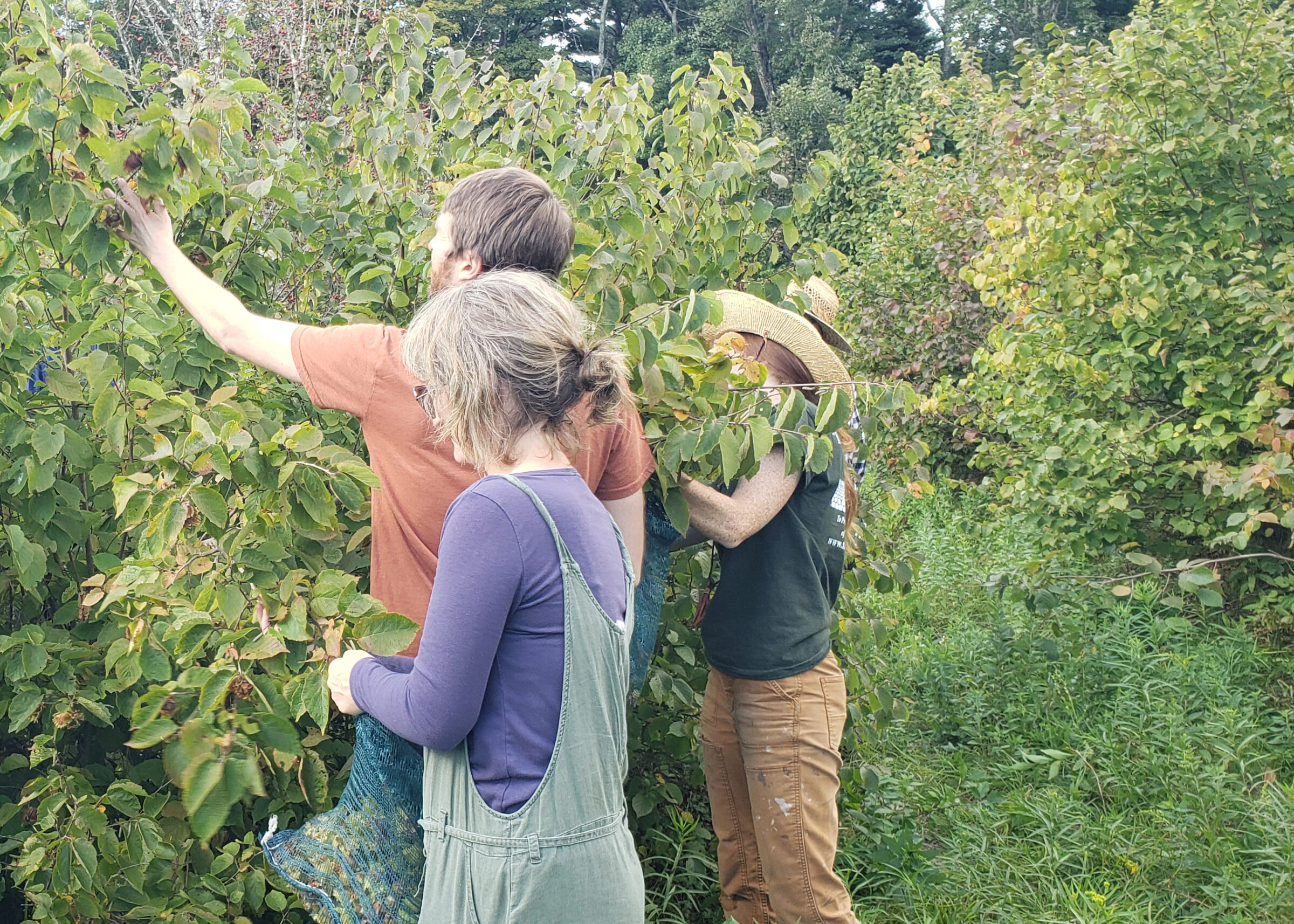
Leave the Leaves: Why a Little Leaf Litter Makes a Big Difference
Research continues to show that leaving the leaves boosts insect diversity and builds healthier soils.
Every fall, I hear louder and louder encouragement across social media to resist raking and bagging the leaves that carpet our yards as autumn arrives. There are many compelling reasons from a homeowner’s perspective: one less chore, free organic matter that can replace purchased mulch or fertilizer, and—perhaps best of all—relief from hours of mind-numbing, fossil-fuel-burning leaf blower noise pollution we’re subjected to annually.
But the main argument for leaving the leaves is not that it lightens our chore load or our monthly household expenses (although those are benefits!). The ‘Leave the Leaves’ campaign, championed by the Xerces Society and the National Wildlife Federation, emphasizes that fallen leaves provide essential habitat for invertebrates and other wildlife.

Research Shows Why Leaving the Leaves Matters
How will we know it’s working, so we can feel gratified by our efforts? How can we feel confident that our tolerance for leaf litter makes a difference? Recent studies by ecologist Max Ferlauto help clarify what happens when we leave the leaves where they fall.

In a Maryland-based study published this year, Ferlauto used emergent traps to capture almost 2,000 insects and spiders from one square meter of leaves. In areas where the leaves had historically been removed, the traps captured about half the amount of insects and spiders. Not all species were equally impacted: among the largest and hardest hit were the leaf miners and their parasitizing wasp predators. The abundance of butterflies and moths dropped by about 45%, and the species richness decreased by 44%. Spider emergence declined by 56%.
There are two takeaways to apply in our yard management:
- The benefits to arthropods from leaving the leaves accumulate over time—the longer the leaves stay, the more life emerges.
- Leaving the leaves is effective for regenerating areas that have been stripped in the past! Half the amount of life emerging is significantly better than none.
Balancing Habitat and Yard Health
Leaving all the leaves where they fall might be beneficial for arthropods overwintering in them, but it’s also impractical for many property owners. A thick layer of leaves will smother lawn and perennials. Moving them to the side of the yard, along the fence, or under trees can work to both strategically smother weeds or understory, and protect emerging insects—a win-win situation, to an extent. When piles grow deeper than a natural forest layer, some insects may be buried too deeply to emerge or receive the temperature and moisture cues needed for their life-cycle changes.
Contrary to what is often encouraged, there isn’t a point when all the insects have emerged and the barren, offensive leaves can be cleaned up and disposed of. Ferlauto’s research found emergence continuing steadily through summer—long past the 50°F soil-temperature threshold often cited as safe for cleanup.
Leaves Build Soil

The benefits extend beyond insects. Not only can we avoid burning fossil fuels by not moving leaves around, but the slowly decomposing leaf layer also contributes to a much higher accumulation of Soil Organic Carbon, a key indicator of soil health.
In an earlier study, Ferlauto found that long-term leaf removal reduces a soil’s ability to cycle nutrients and store carbon. After two years of leaf retention in previously cleared areas, soil-carbon levels showed little change, indicating that regeneration takes time and consistent practice.
These studies leave me wondering what impact decades of leaf removal has already had on our suburban and urban ecosystems. If every yard offered even a few square meters of undisturbed leaf habitat, might natural predators have kept pests like woolly adelgid, emerald ash borer, and lanternfly better in check?
Small Changes, Big Impact
While we can’t quickly reverse the effects of years of disposing of yard waste—now roughly equal in annual volume to municipal plastic waste (EPA, 2018)—we can make meaningful changes:
- Leave at least some leaves. Every square meter counts.
- Leave them where you don’t ever need to move them.
- Leaves piled too deeply for arthropods’ benefit can still improve soil health by cycling carbon back into the soil.
- Leave the leaves around known food or breeding resources to give overwintering arthropods a convenient home.
Small changes make a difference, and we can all play a role in normalizing landscapes that better support other ecosystem species.
—Rachel Lindsay, Head of Ecological Landscape Design, Senior Designer, and worker-owner

Further Reading
- “Removing autumn leaves in residential yards reduces the spring emergence of overwintering insects.”
- “Legacy effects of long-term autumn leaf litter removal slow decomposition rates and reduce soil carbon in suburban yards.”
- Interview with Max Ferlauto by Margaret Roach
Featured image: David Mizejewski



Comments (0)